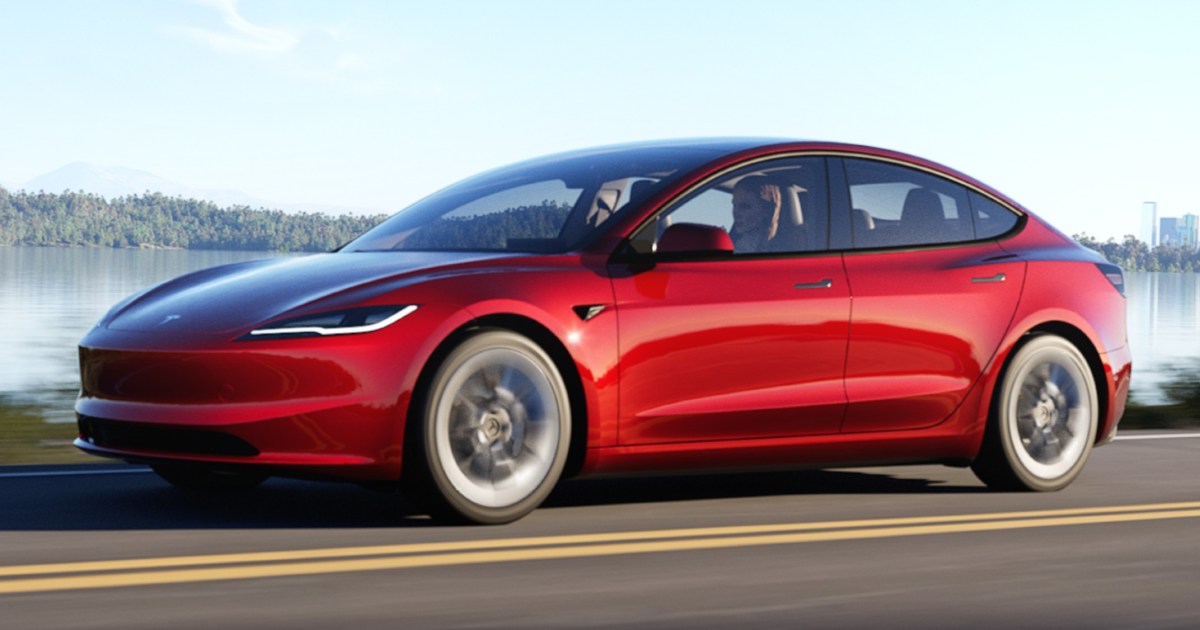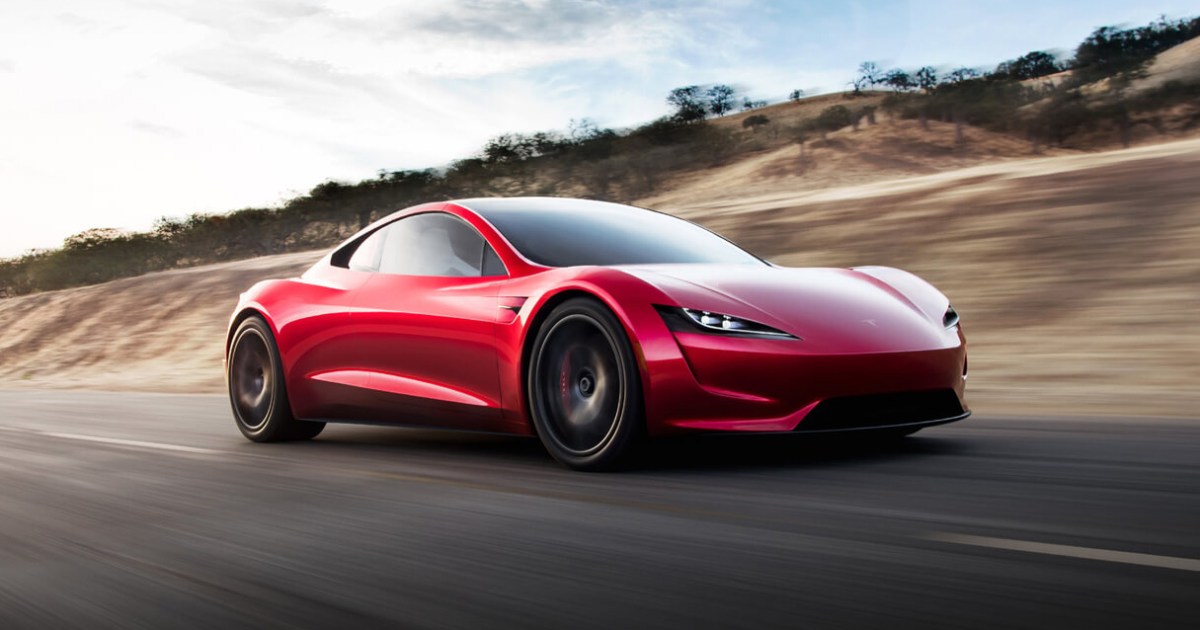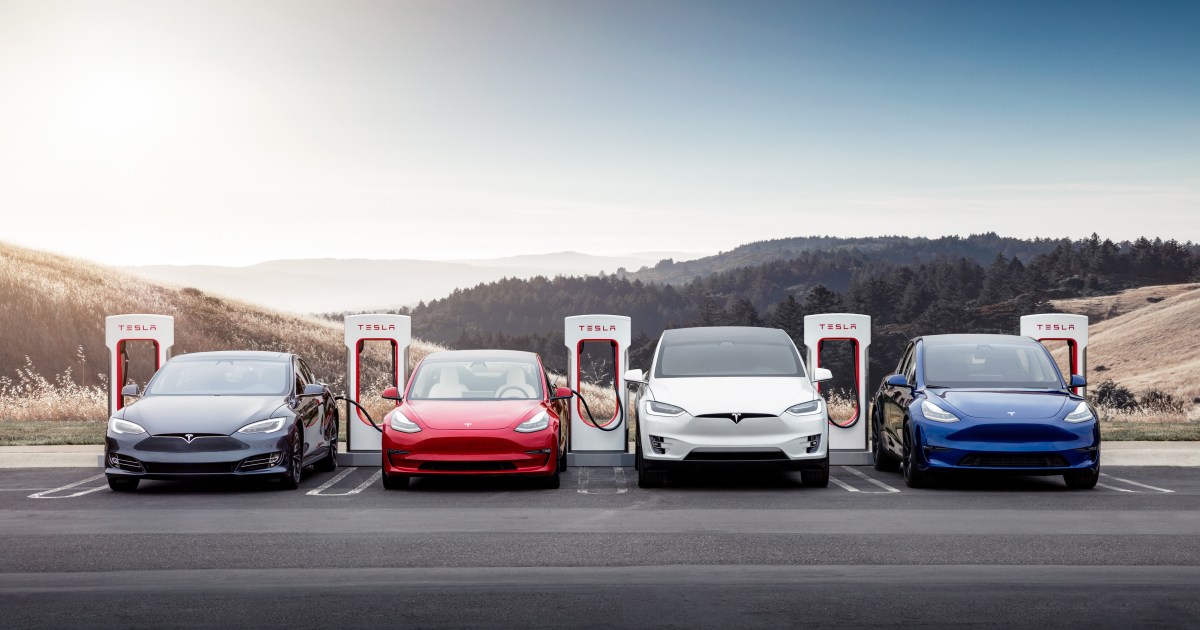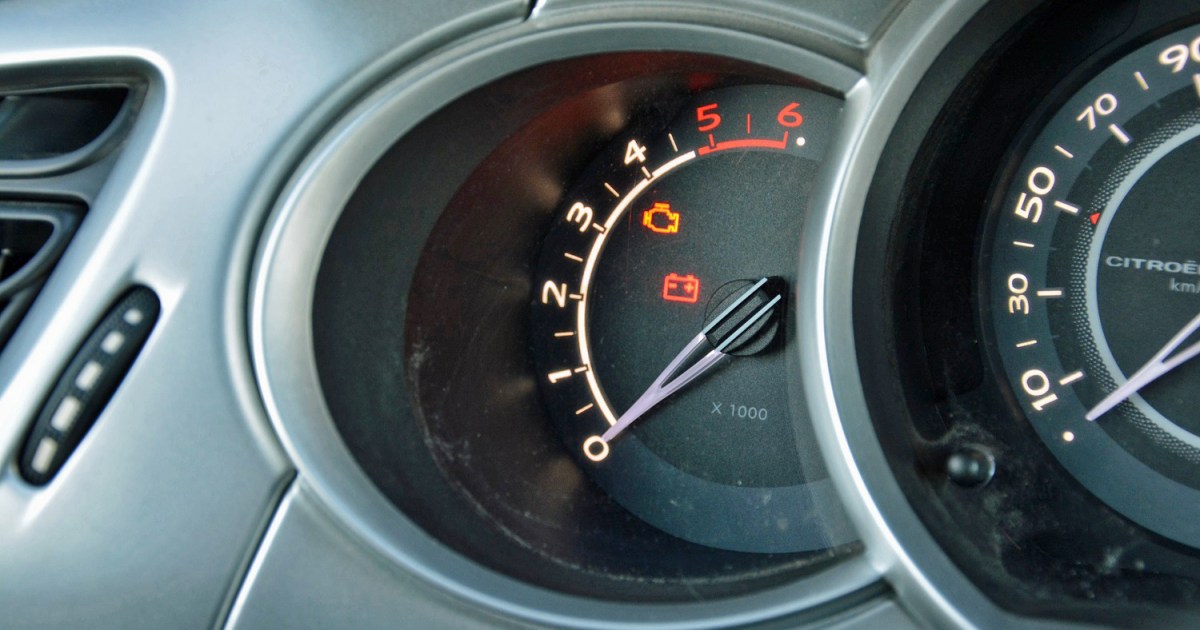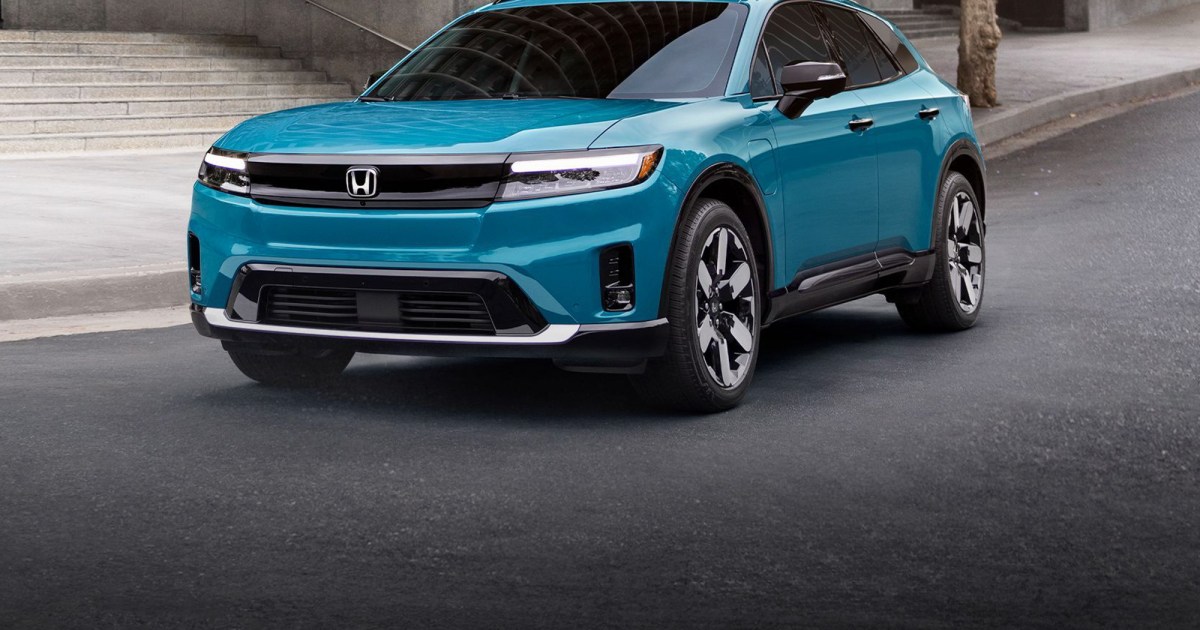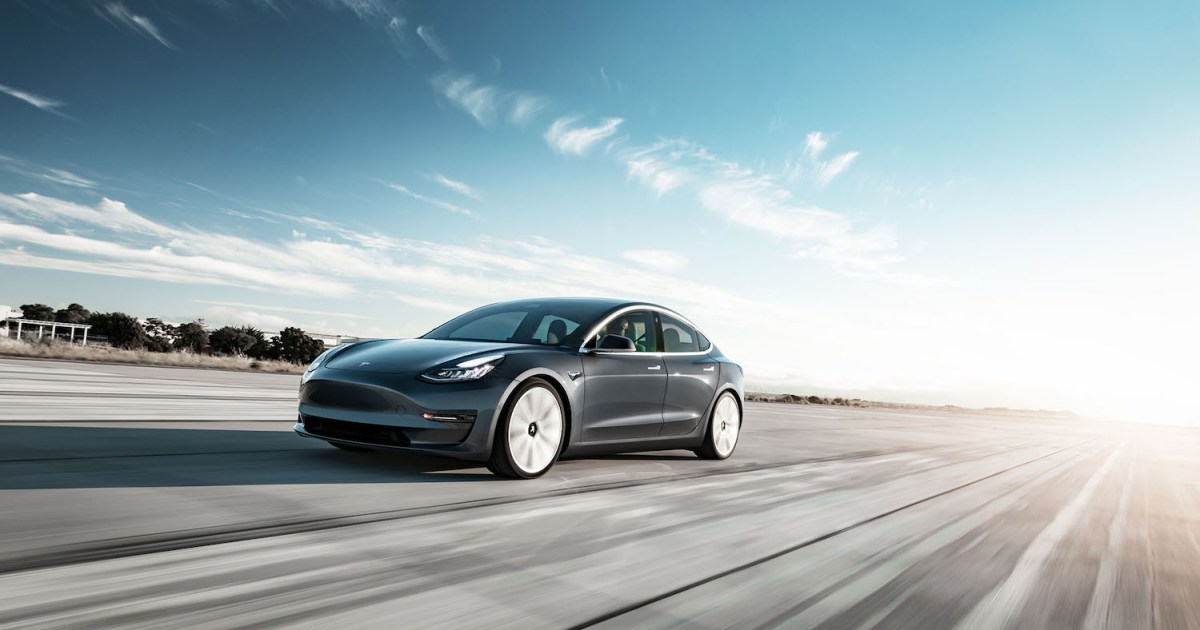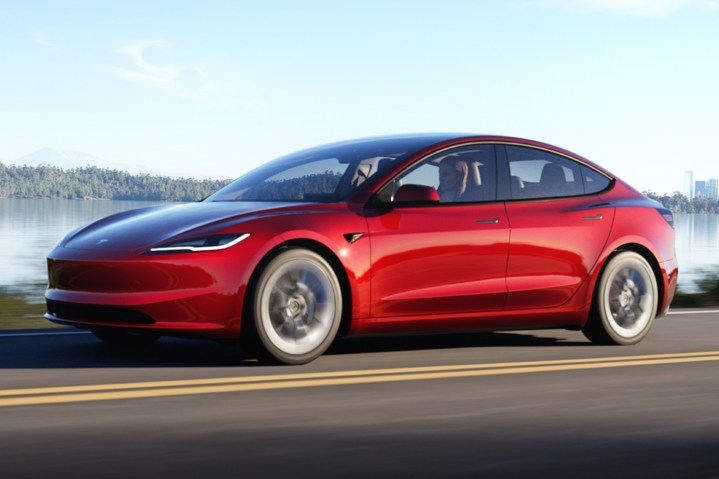 alt text: Tesla Model 3 on display.
alt text: Tesla Model 3 on display.
Tesla’s federal tax credit status is poised for a significant shift. The company’s Model 3 order page indicates that while all new Model 3 vehicles currently qualify for the full federal tax credit, this will change on January 1, 2024. The $7,500 credit will be reduced to $3,750 for the Model 3 Rear-Wheel Drive and Model 3 Long Range. This development is concerning for prospective Tesla buyers in 2024 and beyond. The situation is further complicated by the fact that only a select few electric vehicles will qualify for the full $7,500 credit in 2024, making it harder to maximize savings, regardless of the brand. Let’s delve into the reasons behind these changes and explore what the future holds.
Understanding the EV Tax Credit Requirements
Several requirements must be met for a new electric vehicle to qualify for the full federal tax credit. The credit is essentially divided into two parts. The first $3,750 hinges on the sourcing of battery minerals. Currently, 40% of these minerals must originate from the U.S. or a country with a free trade agreement with the U.S. This percentage will increase to 60% in 2024, 70% in 2026, and even higher in subsequent years.
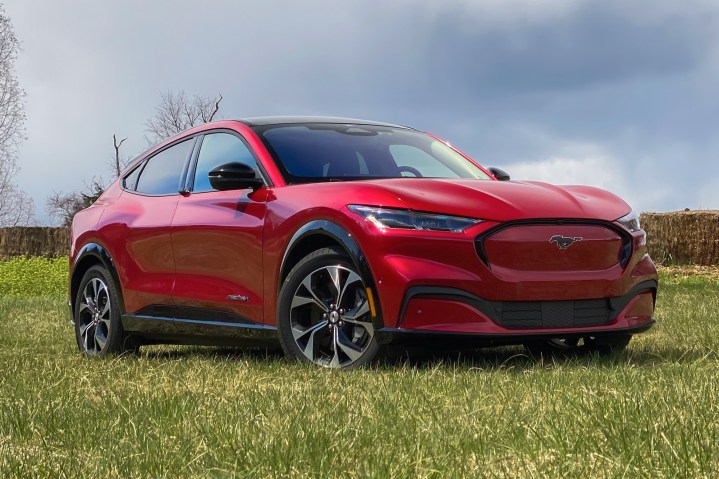 alt text: A red Ford Mustang Mach-E parked in a grassy field.
alt text: A red Ford Mustang Mach-E parked in a grassy field.
The second $3,750 portion of the credit relates to battery assembly. As of 2023, 50% of the battery must be assembled in the U.S. This requirement will rise to 60% in 2024, 70% in 2026, and beyond. Additionally, there are income limitations for buyers. For new car purchases, the credit is available to single filers with incomes up to $150,000, heads of households earning up to $225,000, and joint filers with incomes up to $300,000.
The Reasons Behind the Changing Landscape
The evolving battery requirements pose a challenge for many automakers. A significant number of manufacturers currently source battery components from China. While this may change over time, it currently limits access to the full EV tax credit. Tesla, despite efforts to shift battery production to the U.S., still utilizes some Chinese-sourced batteries. Consequently, some Model 3 and Model Y variants will no longer qualify for the full credit.
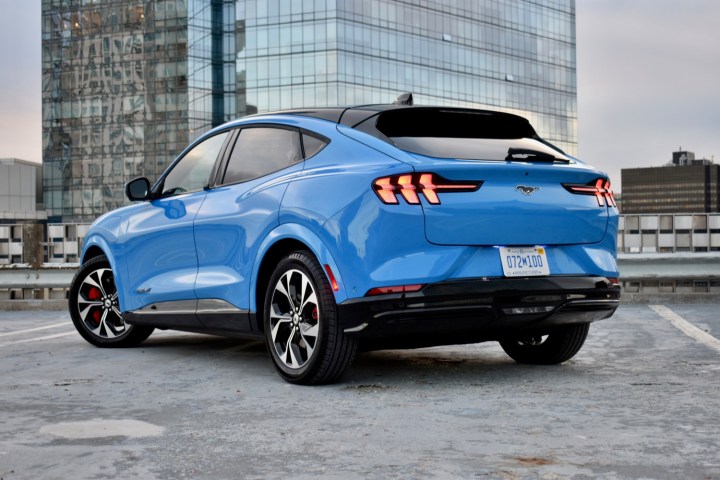 alt text: A blue Ford Mustang Mach-E showcased in a studio setting.
alt text: A blue Ford Mustang Mach-E showcased in a studio setting.
Other popular EVs, like the Ford Mustang Mach-E, will also be affected. For now, many vehicles previously eligible for the full credit will likely still qualify for half. However, some models may lose eligibility altogether.
EVs Still Eligible for the Full Tax Credit in 2024
The list of electric vehicles eligible for the full federal EV tax credit in 2024 is shrinking. According to The Street, the current list includes:
- Chevrolet Bolt EV
- Chevrolet Equinox EV
- Ford F-150 Lightning
- Tesla Model 3 Performance
- Chevrolet Silverado
- Tesla Model Y Performance
- Chrysler Pacifica PHEV
- Chevrolet Blazer EV
- Cadillac Lyriq
- Tesla Model X
Notably, some variants of popular models like the Tesla Model 3 and Model Y, specifically the Performance trims, remain eligible for the full credit. However, it’s uncertain how long this will last, given the progressively stringent requirements in the coming years.
The Future of EV Purchases
The federal EV tax credit has significantly boosted electric car sales, effectively reducing the cost of new EVs by up to $7,500. However, as the credit becomes less accessible, consumers may not be able to rely on this incentive.
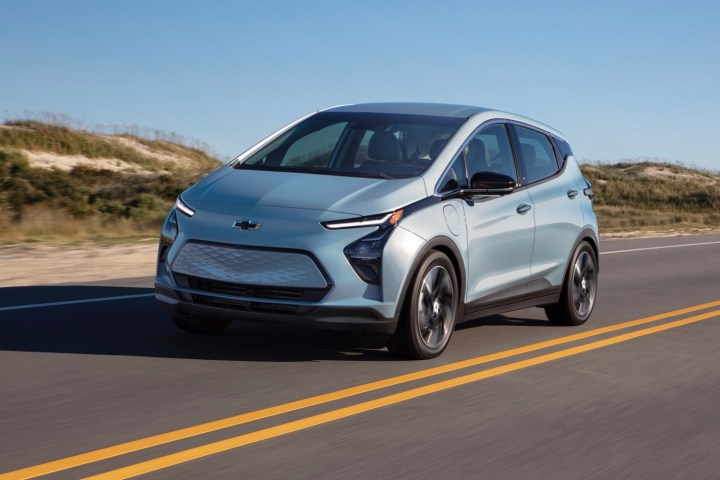 alt text: A silver Chevrolet Bolt EV parked on a city street.
alt text: A silver Chevrolet Bolt EV parked on a city street.
Car manufacturers are exploring other avenues to stimulate EV sales, such as offering more affordable models. Technological advancements and economies of scale are gradually reducing production costs, enabling companies to offer more budget-friendly EVs. The growing availability of used electric cars also provides additional options for cost-conscious buyers. The shrinking list of EVs eligible for the tax credit is likely to impact sales. While electric cars are becoming more affordable over time, this transition won’t be instantaneous. The hope is that 2024 will see the continued release of more affordable EVs, offering consumers viable options without relying on tax credits.



